Mass appeal: How trance took over Britain
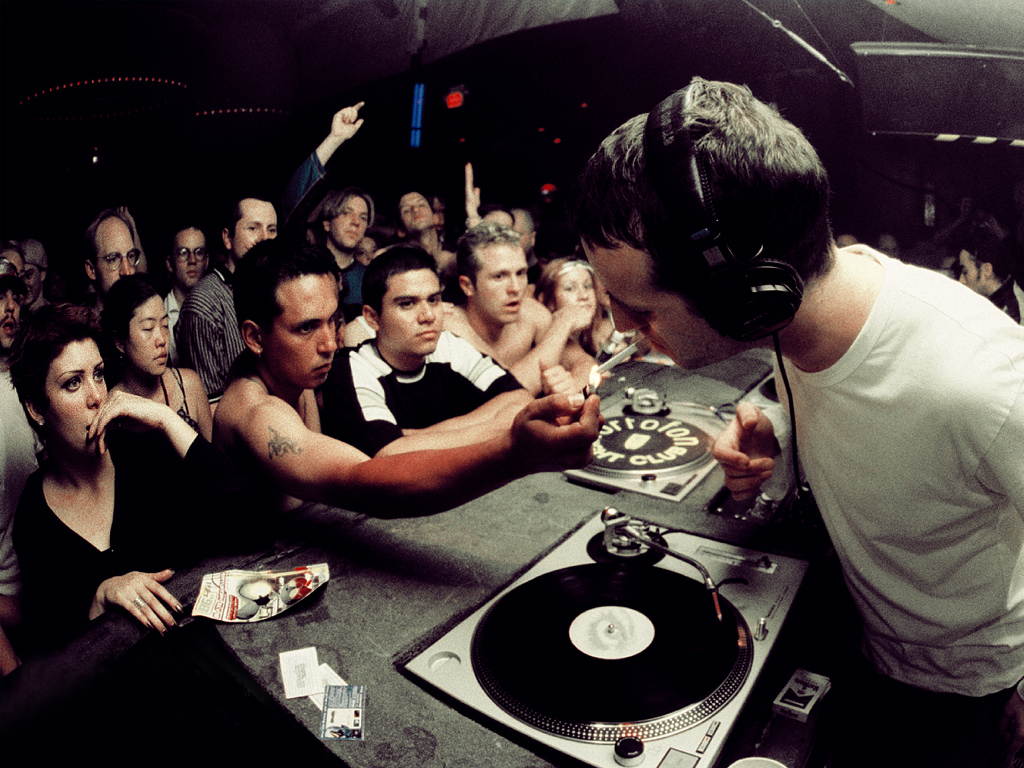
Following the anarcho-capitalist vibe of the early rave scene, the United Kingdom played an elemental role in the global popularity of trance music. In this piece, we take a look at the rise (and fall) of British trance – covering its most iconic artists, clubs, labels and tracks.
Influences from abroad
The trance reign of the nineties was an intense, energetic and fascinating period in the books. Its early forms came to life in the German club scene – most notably in Berlin and Frankfurt. Especially the fall of the Berlin Wall in East-Germany in 1989 made way for cultural tectonic shifts, seeing the capital move from controlled austerity to a sense of overwhelming hedonism. Based on the then-popular sounds of acid, house and techno that pumped across vacant warehouses across the city, trance showcased a more atmospheric and alternative sound palette.
It didn’t take long until the sound of trance made its way across the North Sea and became the soundtrack for many Brits’ early adult life. How different that situation was only a decade earlier. Until the mid-eighties, British nightclubs weren’t particularly interesting places. Visitors mostly went to get drunk, fight, or hook up with someone. This all changed with the introduction of acid house, aided by the introduction of ecstasy.
Acid house raves proved to be a particularly efficient and meaningful way to let off the weekly stresses of life with friends on the weekend. Such events were all about giving in to the sound, getting locked in motion and into a higher state of mind in which time and space no longer existed. The chaotic but successful infrastructure of the early rave scene laid a solid foundation for electronic music genres such as jungle, trance and trip hop to flourish in subsequent years.
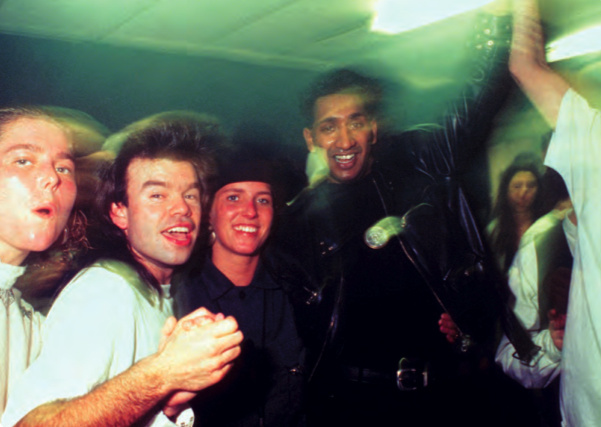
Imprints of quality
During those roaring early nineties, British entrepreneurs such as Jeremy Dickens, Paul Oakenfold and Simon Berry noted the potential of electronic music and quickly seized the opportunity to set up their own ventures. Each of them started to release material from themselves as well as their network of friends. Meanwhile, 12’’ vinyl records were in demand, as both DJs and collectors preferred the format. Henceforth, it wasn’t unusual for those early labels to sell five-digit quantities of a single record.
Looking back, the most successful ventures took a more broad-minded musical approach, and by doing so, found new paths for the electronic sound to reinvent and expand. Following their efforts, those artists who set up a label themselves also crafted excellent opportunities to put themselves on the global music map. They were able to create a wide network across the industry, whilst also having their name directly connected to each and every record that came out on their label.
Founded in 1986, FFRR was the first label to cast its nets far and wide when it came to dance music. The platform made some big moves in signing a stable of top-shelf hip-hop and R&B acts, early house producers as well as electronic artists within its first years of existence – including Goldie, Orbital and Utah Saints.
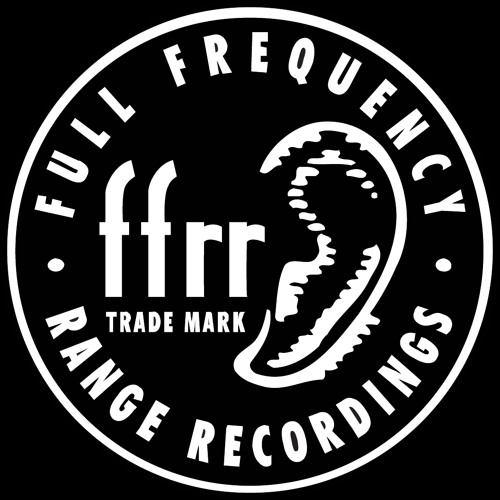
In 1989, Paul Oakenfold set up Perfecto as a natural extension of his Spectrum club night. Perfecto initially also took a broad approach to sound by publishing tracks such as ‘I’ll Be Your Friend’ by Robert Owens and ‘I Want You (Forever)’ by Carl Cox.
Things changed for Oakenfold and Perfecto with the introduction of trance music: ‘’I’ve always loved melodic and emotional music. When trance spread its wings across the United Kingdom in the mid nineties, a new world opened up for me.’’ By the mid-nineties, the label took a slightly more Goa-inspired take on trance by incorporating acts such as Man With No Name, Transa and Virus. It took Perfecto on a new venture that stretched until this date.
“When trance spread its wings across the United Kingdom in the mid nineties, a new world opened up for me.’’
After the success of these early ventures, various labels were added to the ever-growing list of defining electronic music imprints that reached far beyond British territories. React started out in 1991 as a consultancy firm for major record label Telstar, before taking the platform into musical realms as diverse as gabber, techno and house music. Apart from its long-running compilation series, the imprint also turned into the home for British acts such as Baby Doc, G.T.O. and Mrs. Wood.
One year later, in 1992, Simon Berry founded Platipus to publish his own productions. By incorporating the acid sound that raged around the country, Berry’s works turned the imprint into a hallmark for the early trance scene. Notable examples include ‘Two Full Moons And A Trout’ (as Union Jack) and ‘Poltergeist’ (as Vicious Circles), both from 1992.
Progressive superstars
By the mid-nineties, when progressive house started to gain decisive momentum, Hooj Choons jumped on the bandwagon and quickly crafted a niche for itself. The label, set up by ‘Red’ Jerry Dickens and Phil Howells – who left soon thereafter – in 1991, released a wide range of records from acts such as JX, Lustral and Solarstone, which neatly fitted its era.
Rich Mowatt, aka Solarstone, recalls: “Hooj Choons was without doubt the best dance label in the world at that time.” David Gates, one half of Salt Tank, adds: “The label had the best tracks across various genres for so long and it was truly independent. And Jerry was an interesting character. He could really pick the tracks to put out.”
Mowatt seconds this: “Jerry had an uncanny ability to forecast what was ‘next’ in the scene and had a great team around him. In fact, he probably helped to shape what DJs were playing more than any other dance label boss. Yet, he was also very ‘on it’ in terms of what was going to happen next, which made it hard for artists like me to explore different musical territories.”
“Hooj Choons was without doubt the best dance label in the world at that time.”
One of the label’s biggest commercial successes came when it commissioned Three ’N One to remix ‘Café Del Mar’ by German act Energy 52 – which originally came out in 1993. That remix turned into a global hit and ‘Café Del Mar’ became one of the most remixed tracks in electronic music history.
Hooj Choons accidentally paved the way for British DJs such as Dave Seaman, John Digweed, Nick Warren and Sasha. By incorporating influences from genres such as breakbeat, house and techno, their so-called progressive sound allowed them to tell long-stretched, winding and emotive stories in their DJ-sets. The 1996 release of Northern Exposure by Sasha and John Digweed – a smooth blend of ambient, breaks, house, trance and techno tracks across two CDs and published by Ministry Of Sound – truly put progressive on the map.
Both artists were also independently active in the studio. Digweed’s ‘Heaven Scent’ (as Bedrock, together with Nick Muir) and Sasha’s ‘Xpander’, both released in 1999, became flagship tracks for the progressive movement.
Paul Oakenfold was amongst those British DJs who picked up on the genre: “Towards the end of the nineties, trance was turning more fast and anthem-like. The progressive movement offered a slower, deeper alternative. With Perfecto, we managed to push some amazing acts like BT, Quivver and Tilt to the fore.’’
Meanwhile, Deejaying itself became more of an art form by defining track selection and mixing skills as stand-out characteristics. These traits were made further palpable by the popularity of the mix-CD format, on which reconstructions of such stories would be pressed. In-demand mix series such as Global Underground and Renaissance played a decisive role in making the progressive sound of these artists available to a more diverse and global audience —for better or worse.
Superclub dominion
Whilst various British acts and imprints took the lead in bringing trance music to the masses, the domestic club scene eagerly catered to this newfound sound. Hosting thousands of clubbers at a time, iconic superclubs such as Cream (opened in Liverpool in 1992), Gatecrasher (founded in 1993 in Birmingham) and Ministry Of Sound (based in London since 1991) were amongst the most known to switch tracks and promote trance on a large scale. However, club nights spanned different genres back then – starting off with mellow house, before switching gears to trance and – during the early hours – hard house or techno.
An important feature of these state-of-the-art, high-capacity superclubs was branding. Merchandising proved a relatively easy way to reach large parts of British youth. Gatecrasher and Ministry of Sound also boasted successful compilation series, mixed by popular trance artists from around the globe. Cream expanded their efforts by means of organising an annual outdoor festival – Creamfields. For many fans who lived through those days, trance was something magical, unforgettable and most likely life-changing. Some went as far as tattooing brand logos on their body.

Parallel to these developments, the island of Ibiza – an autonomous region of Spain best known for its association with nightlife and hippie gatherings since the sixties – played an equally important role in promoting the (mostly British) trance sound. Superclubs such as Amnesia, Eden, Es Paradis, Ku and Space projected the largest trance programs during their opening seasons. When played in the lavish settings of Ibiza, winding tracks with strong melodic hooks and Mediterranean instruments – think ‘Dimension’ by Salt Tank, ‘Offshore’ by Chicane and ‘Seven Cities’ by Solarstone – scored a direct hit in the hearts of an audience looking for new energy and excitement. Irreversibly, the United Kingdom became the epicentre of the new trance phenomenon.
Into the new millennium
The commercial success of the independent market didn’t pass unnoticed. Before the turn of the new millennium, major publishers set up trance-dedicated sub-branches that put their competitive edge to good use to penetrate the market and reap maximum benefits from the continuously growing market that trance then represented. British publishers such as EMI (with its Additive and Positive branches) and Mercury (with Manifesto), for instance, pushed more commercial sounding dance acts to the fore. This resulted in dance acts such as Fragma, Ian Van Dahl and Lasgo becoming familiar with popular TV programs like Top Of The Pops.
It didn’t take long until the sound of trance would turn into a cliche-like mixture of simplistic four-to-the-floor kicks, ‘supersaw’ riffs and bombastic breakdowns. Further fuelled by technological advancements such as the widespread availability of digital production tools, the overall production quality of trance tracks rapidly dropped. Trance scattered into various sub-genres, before moving (somewhat) underground again.
“Nothing can replace the feeling of rapture that trance music awakens in people.”
By now, the euphoric features of trance are embraced again by a new generation of electronic music artists such as Evian Christ and Trance Wax. Rich Mowatt, a seasoned artist in the realms of trance himself, is also positive about the future: “For me, trance has never been so exciting. Yet, at the root of it all, the same three elements speak to people – groove, melody and emotion. Nothing can replace the feeling of rapture that trance music awakens in people.”
The same excitement lives amongst fans. With many young adults being withheld from enjoying a good night out, a burst of energy and euphoria – like a third summer of love – may eventually turn trance into the shining star of electronic music again. A title that trance once wore with pride.
About the author
Arjan Rietveld is the author of the 332-page encyclopaedia book ‘’Hypnotised: A Journey Through Trance Music (1990-2005)’’. He also compiles an eponymous compilation series for Black Hole Recordings, with an instalment directed to fabled British trance music due for release this Summer.



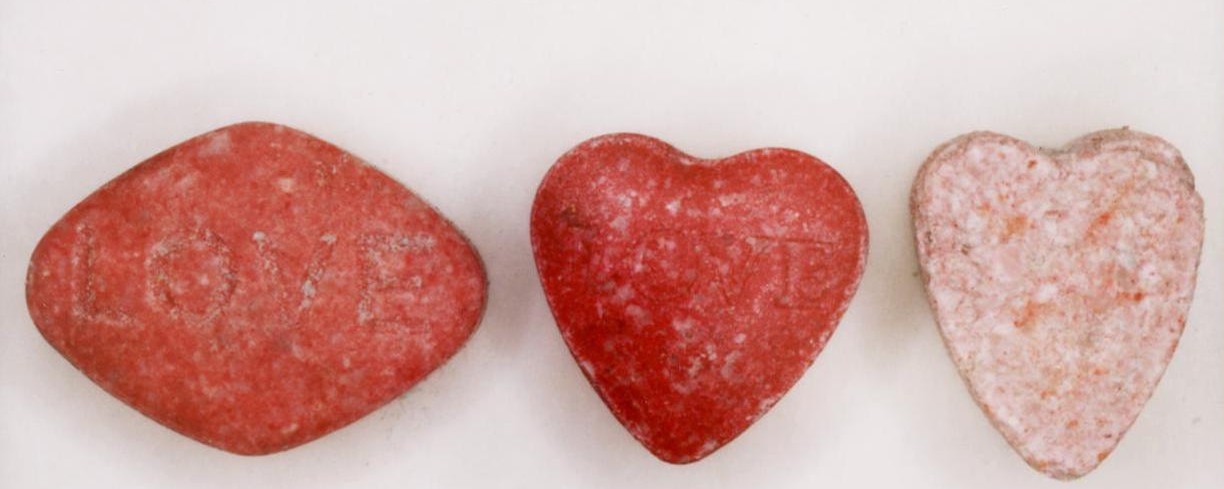












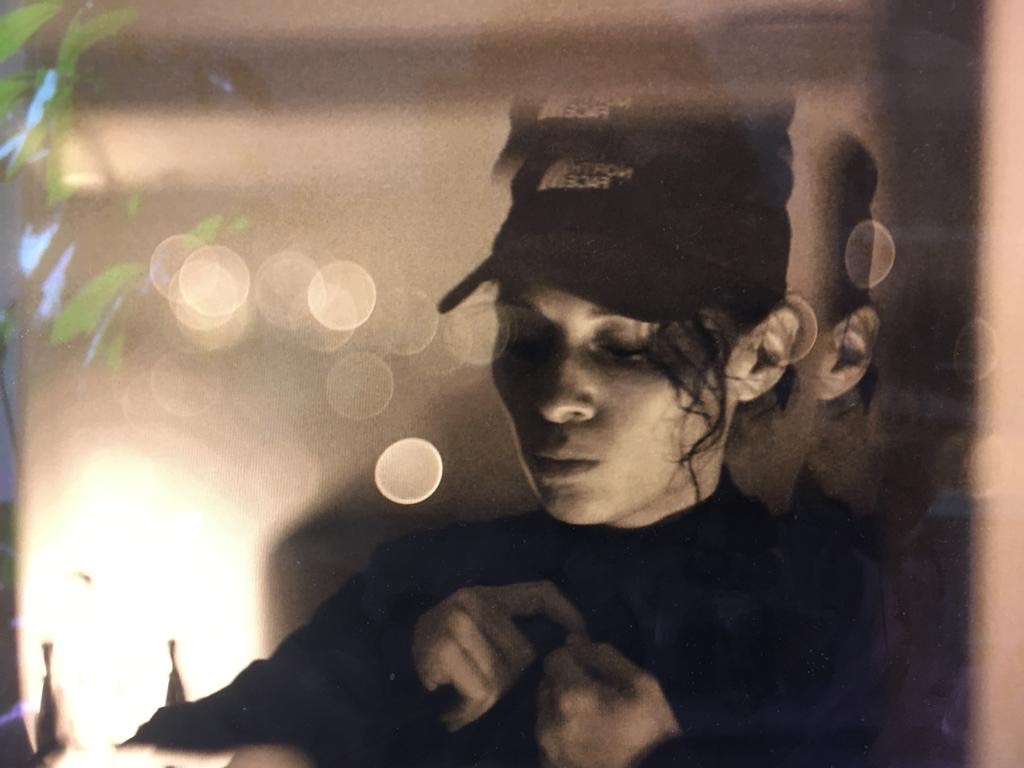
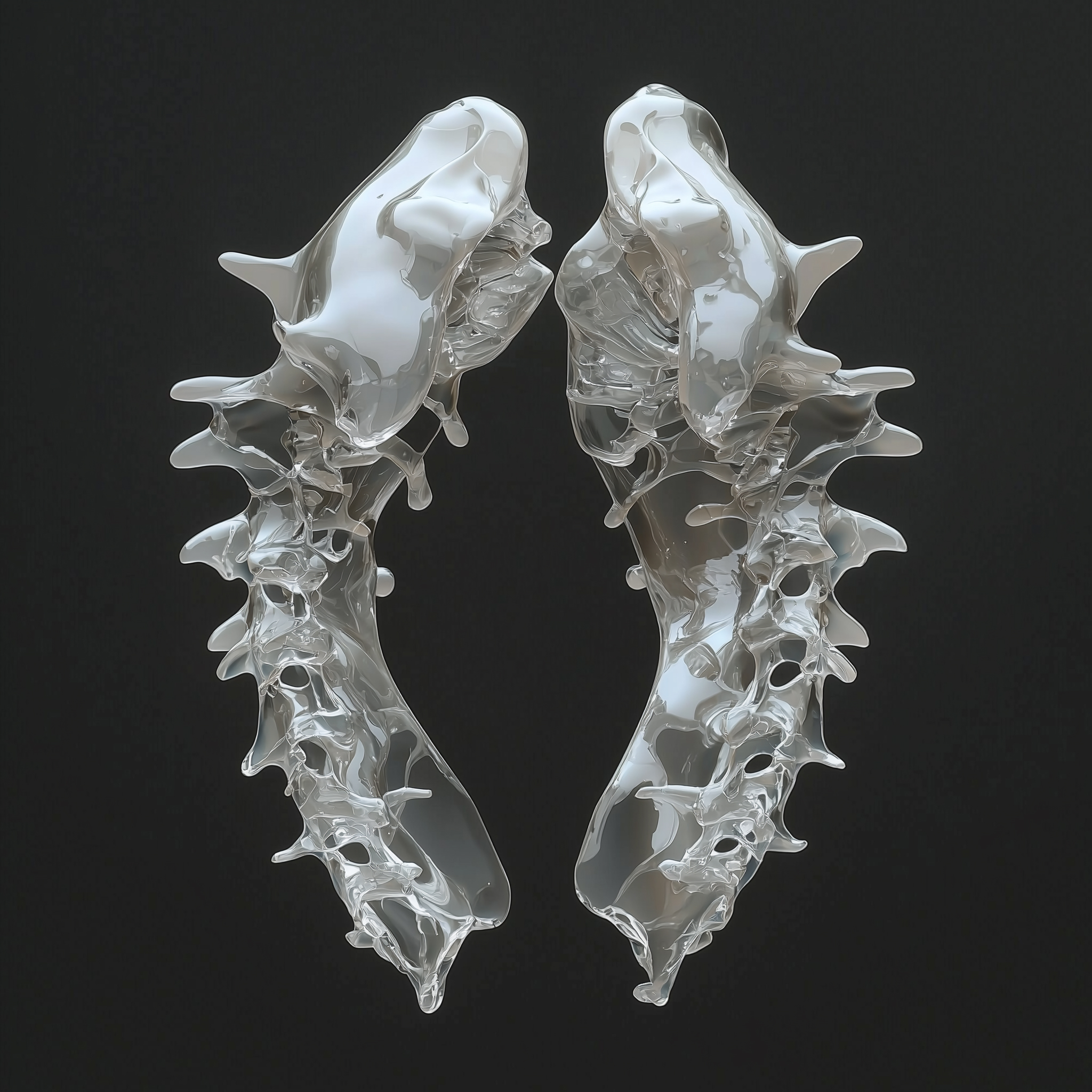



Must Reads
David Holmes – Humanity As An Act Of Resistance in three chapters
As a nation, the Irish have always had a profound relationship with the people of Palestine
Rotterdam – A City which Bounces Back
The Dutch city is in a state of constant revival
Going Remote.
Home swapping as a lifestyle choice
Trending track
Vels d’Èter
Glass Isle
Shop NowDreaming
Timothy Clerkin
Shop Now